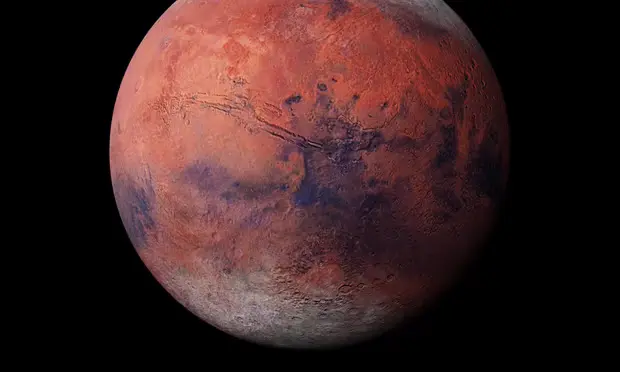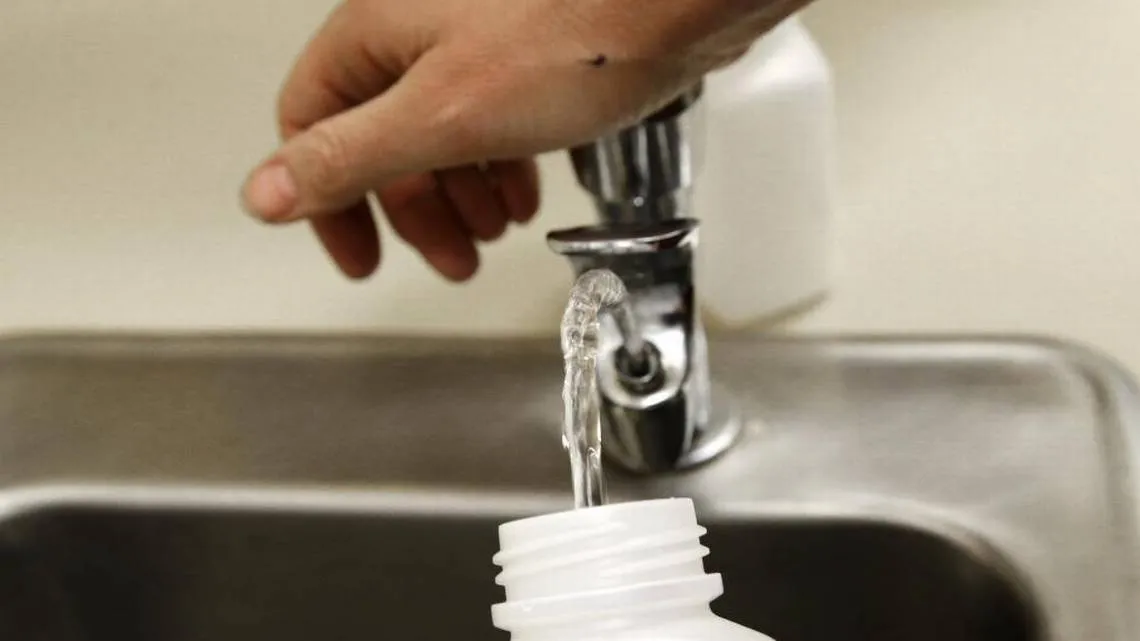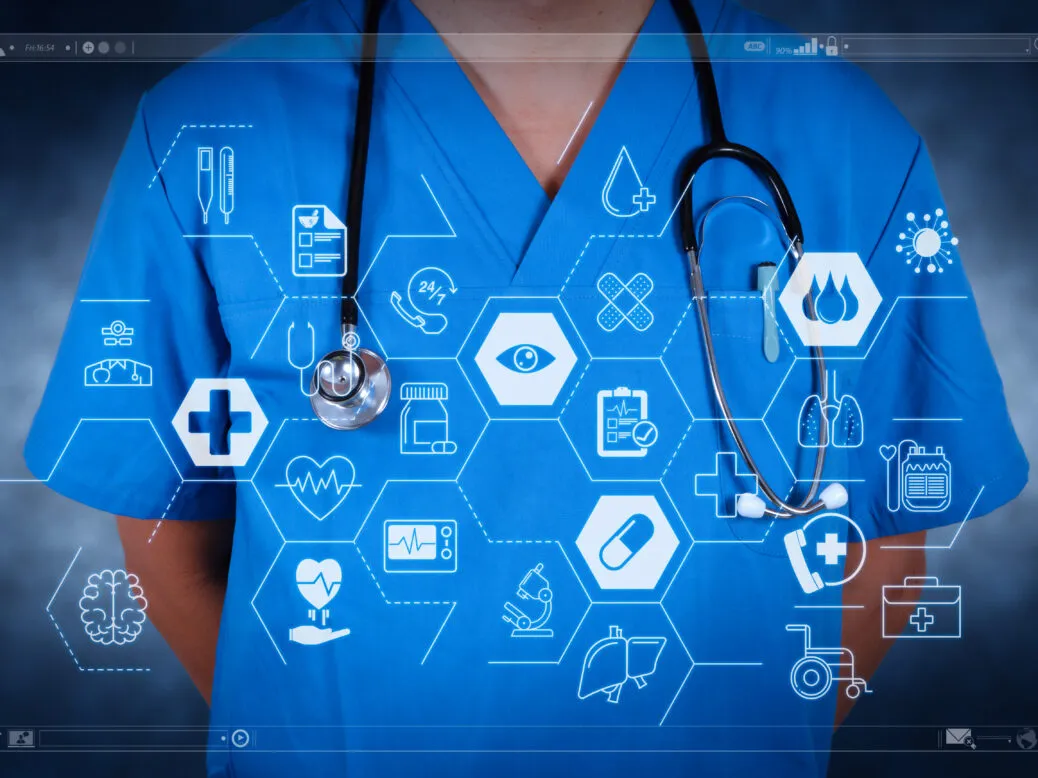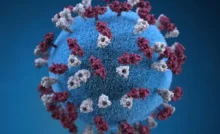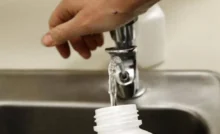Mars, the fourth planet from the Sun, has long captivated scientists and space enthusiasts with its reddish hue and intriguing surface features. From towering volcanoes to deep canyons, the Red Planet presents a fascinating landscape that may one day host human explorers. However, a recent study has raised significant concerns about the health hazards posed by Martian dust. Scientists warn that the fine, toxic particles covering the planet’s surface could pose serious risks to astronauts, making missions to Mars even more challenging than previously anticipated.
The Composition of Martian Dust
Much like the lunar dust encountered during Apollo missions, Martian dust consists of microscopic particles that have the potential to cause harm to human health. Unlike Earth, where weathering processes round off dust particles over time, the dust on Mars remains sharp and jagged due to the planet’s thin atmosphere and lack of liquid water. Furthermore, Martian dust contains several hazardous components, including silica, gypsum, and various metal oxides. These substances can become airborne easily, especially during dust storms, and may enter astronauts’ living quarters and equipment.
One of the most concerning aspects of Martian dust is its electrostatic properties. The particles have a strong tendency to cling to surfaces, much like lunar dust. This makes it difficult to keep spacecraft and habitats clean, increasing the risk of prolonged exposure for astronauts. Additionally, the fine particles, some measuring just 4% the width of a human hair, can penetrate deep into the respiratory system, potentially leading to severe health complications.
Health Risks Posed by Martian Dust
1. Respiratory Issues
The most immediate concern regarding Martian dust is its potential to cause respiratory distress. When inhaled, the tiny particles can lodge deep within the lungs and even enter the bloodstream. Studies conducted on lunar dust suggest that long-term exposure to such fine particles can result in chronic lung diseases, including pulmonary fibrosis. Given the similarities between Martian and lunar dust, scientists believe that Mars explorers could face similar, if not greater, risks.
2. Toxicity and Chemical Reactions
Beyond the mechanical irritation caused by inhalation, Martian dust contains toxic compounds that could have harmful chemical effects on the human body. The presence of silica, for example, raises concerns about silicosis, a lung disease caused by the inhalation of fine silica particles. Additionally, Martian dust contains perchlorates—compounds known to disrupt thyroid function and potentially harm the nervous system. Perchlorates are particularly concerning because they are widespread on the Martian surface and could contaminate both air and water sources in human habitats.
3. Eye and Skin Irritation
Astronauts on Mars will likely experience irritation of the eyes and skin due to dust exposure. During Apollo missions, lunar dust caused red, watery eyes, and itchy skin among astronauts. Martian dust, with its fine and electrostatically charged properties, is expected to produce similar effects. The constant exposure to these particles could lead to long-term dermatological and ocular issues, making protective gear essential for future Mars missions.
Challenges in Managing Martian Dust Exposure
One of the biggest challenges facing Mars exploration is the difficulty in managing dust exposure. Unlike missions to the Moon, where astronauts could return to Earth within a few days in case of an emergency, Mars explorers will be on their own for extended periods. A round-trip to Mars could take up to three years, and the communication delay between Mars and Earth (up to 40 minutes) means that immediate medical assistance will not be available. This makes it crucial to develop preventive measures and protective equipment before humans set foot on the planet.
Protective Measures for Future Mars Missions
To mitigate the risks associated with Martian dust, researchers are exploring several protective measures. These include:
1. Advanced Air Filtration Systems
Ensuring clean, breathable air inside Mars habitats is a top priority. Advanced air filtration systems will be necessary to capture fine dust particles and prevent them from circulating within living quarters. These filters must be capable of removing ultra-fine particles without requiring frequent replacement, given the limited supply of resources on Mars.
2. Self-Cleaning Spacesuits
Since Martian dust clings to surfaces, traditional spacesuits may not be sufficient to keep astronauts safe. Scientists are working on self-cleaning spacesuits that use electrostatic repulsion technology to prevent dust from sticking. Such suits could significantly reduce the amount of dust that enters habitats after spacewalks.
3. Habitat Entry Protocols
To minimize dust contamination inside living quarters, astronauts may need to follow strict entry procedures. Airlock systems equipped with dust-removal mechanisms, such as ultrasonic vibrations or air showers, could help dislodge dust from suits before astronauts enter habitats.
4. Medical Countermeasures
In the absence of immediate medical support, astronauts will need access to medications and treatments that can mitigate the effects of dust exposure. Anti-inflammatory drugs, lung-clearing techniques, and protective eyewear may be necessary to combat the adverse effects of prolonged dust exposure.
5. Robotics and Remote Operations
To minimize direct exposure to Martian dust, future missions may rely heavily on robotics for external operations. Drones and rovers equipped with advanced sensors could perform tasks outside habitats, reducing the need for astronauts to venture into dusty environments.
The Future of Mars Exploration
Despite the challenges posed by Martian dust, scientists and engineers remain optimistic about human exploration of Mars. Research into dust-resistant materials, advanced filtration systems, and innovative spacesuit designs is already underway. Agencies such as NASA, the European Space Agency (ESA), and private space companies like SpaceX are investing heavily in developing the necessary technology to ensure astronaut safety.
The discovery of the potential health risks associated with Martian dust underscores the importance of thorough preparation. As humanity inches closer to setting foot on Mars, addressing these challenges will be key to ensuring the success and sustainability of future missions.
Mars presents an exciting frontier for human exploration, but the hazards posed by its toxic dust cannot be ignored. The fine, sticky particles could cause serious health problems, including respiratory diseases, chemical toxicity, and skin irritation. Given the long duration of Mars missions and the inability to rely on immediate medical support from Earth, preventive measures must be implemented to protect astronauts.
By investing in advanced filtration systems, self-cleaning spacesuits, and effective habitat entry protocols, scientists hope to minimize the risks associated with dust exposure. Additionally, ongoing research into robotics and medical countermeasures will play a crucial role in ensuring astronaut safety. While the dream of stepping onto the Martian surface is closer than ever, it is essential to acknowledge and address the hidden dangers lurking in the planet’s dust.
Future Mars explorers will need to be well-equipped, not just to survive but to thrive in one of the harshest environments known to humanity. With careful planning and technological innovation, human settlement on Mars may one day become a reality, paving the way for a new era of space exploration.


